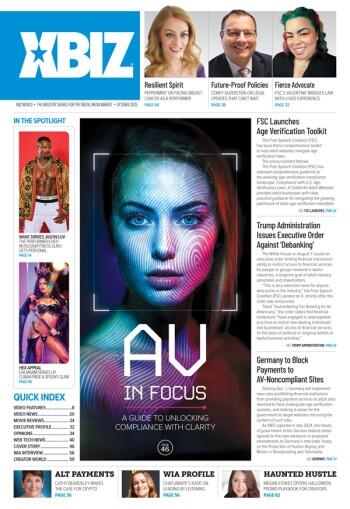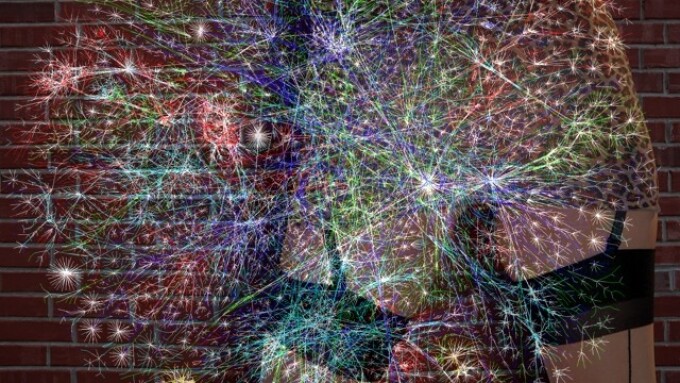LOS ANGELES — The explosion of photographs available online in recent years is causing a rethinking of how this information is discovered and presented, leading to the emergence of “The Visual Internet.”
Blame it on the popularity of smartphones and the ease by which photos can be snapped and shared using these ubiquitous devices that are always present with us, but photography is skyrocketing, with an estimated trillion plus photos already taken in 2015 — a figure that reportedly exceeds the total number of photos taken throughout history until now.
Today, technologists are seeking ways to curate, discover and search these pictures, while discovering the insights they might reveal when connected together in innovative ways.
“The Internet, at 25 years old, has more than a billion connected sites. However impressive, it pales in comparison to the 4.7 trillion photos (in the last few years) that have documented our lives, aspirations, feelings and creativity,” Flipsicle co-founder Raghava KK wrote for TechCrunch, adding that “It’s time for the emergence of a visual Internet [which] differs from a semantic one.”
Raghava compares this situation to the language of artists, who might see a photo as being multivalent, or representing different things to different people.
“Artists see visuals as both windows and mirrors. A visual window allows us to look into a photo to see what’s inside: a dog, a tree, a beach, etc. The visual mirror, however, reflects the biases we bring to the visual,” Raghava explains. “A visual Internet builds connections between photos, both as windows and mirrors. It will comprehend what’s in the photo and guess how a viewer may interpret it.”
The use of artificial intelligence (AI) will allow an analysis of these images to reveal subjective meanings, but it is a challenging process, since much of an image’s meaning to a viewer is subconscious and not easily measured by current computing techniques.
The use of new interface metaphors may provide a workaround, however.
“Early in the Internet years, an interface was about beauty, whereas now it concerns relevance, behavior and choice,” Raghava notes. “With good user interface, we can model simple human behavior to see how people subconsciously react to any photo. Tinder’s swipe is a great example.”
Raghava says that while big data can cluster people based on their subconscious reactions to a photo, new interfaces that collect information based on a user’s passive browsing will unleash the power of the visual Internet.
“For me, art and tech are two eyes on the same body. Open one eye and view this beautiful world of ours. Open the other and you envision a richness you can’t articulate,” Raghava concludes. “Brought together — the objective and the subjective — they hand us immensely rich insights into who we are and how we think.”
Of course, porn will find a way into all of this. With countless adult oriented images among the total mass of online visual imagery, and a highly competitive marketplace, any technology that helps surface relevant content is sure to be on promoters’ radars, so it’s only a matter of time until a measure of the viewer’s emotion when seeing a specific image will be added into the equation of what he will see next...








